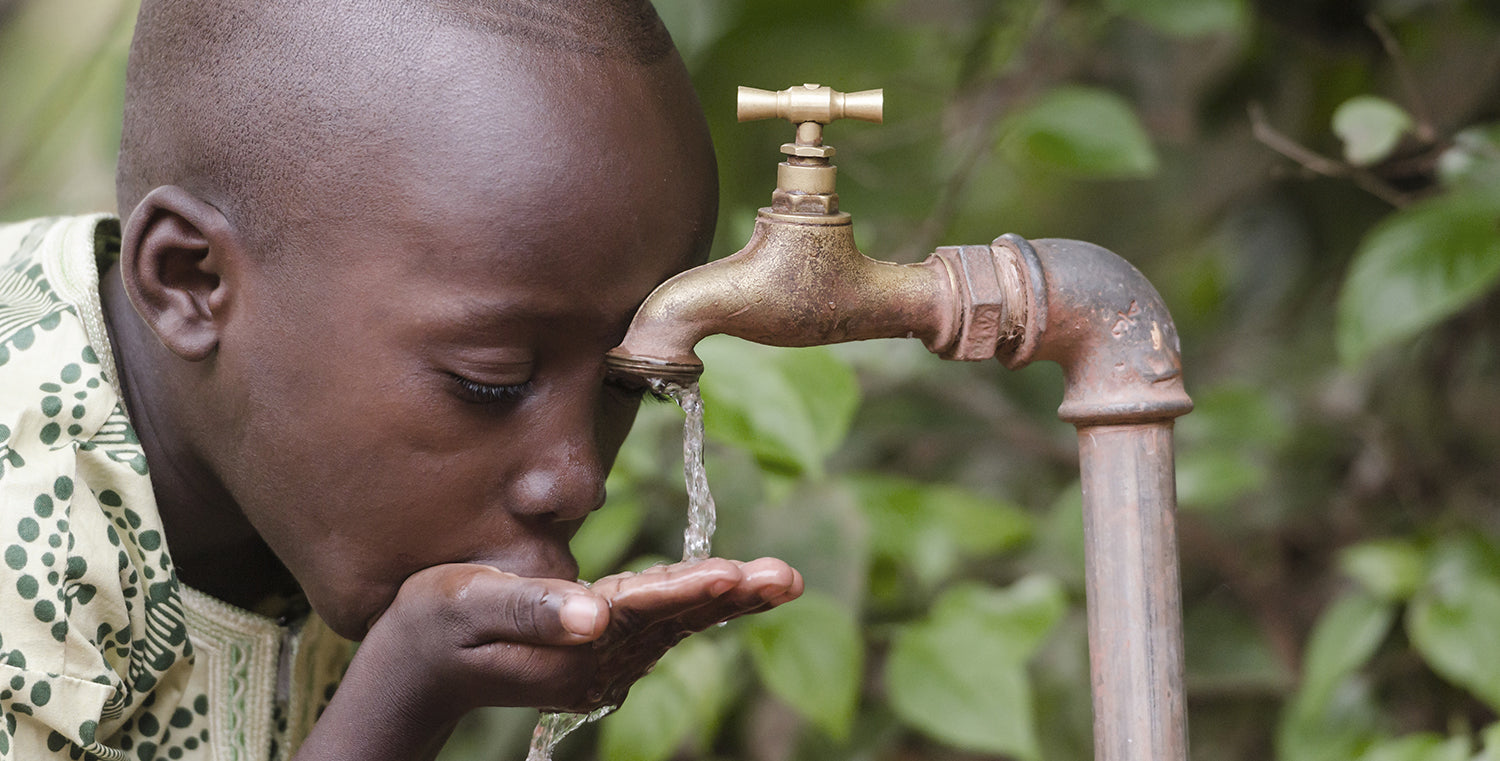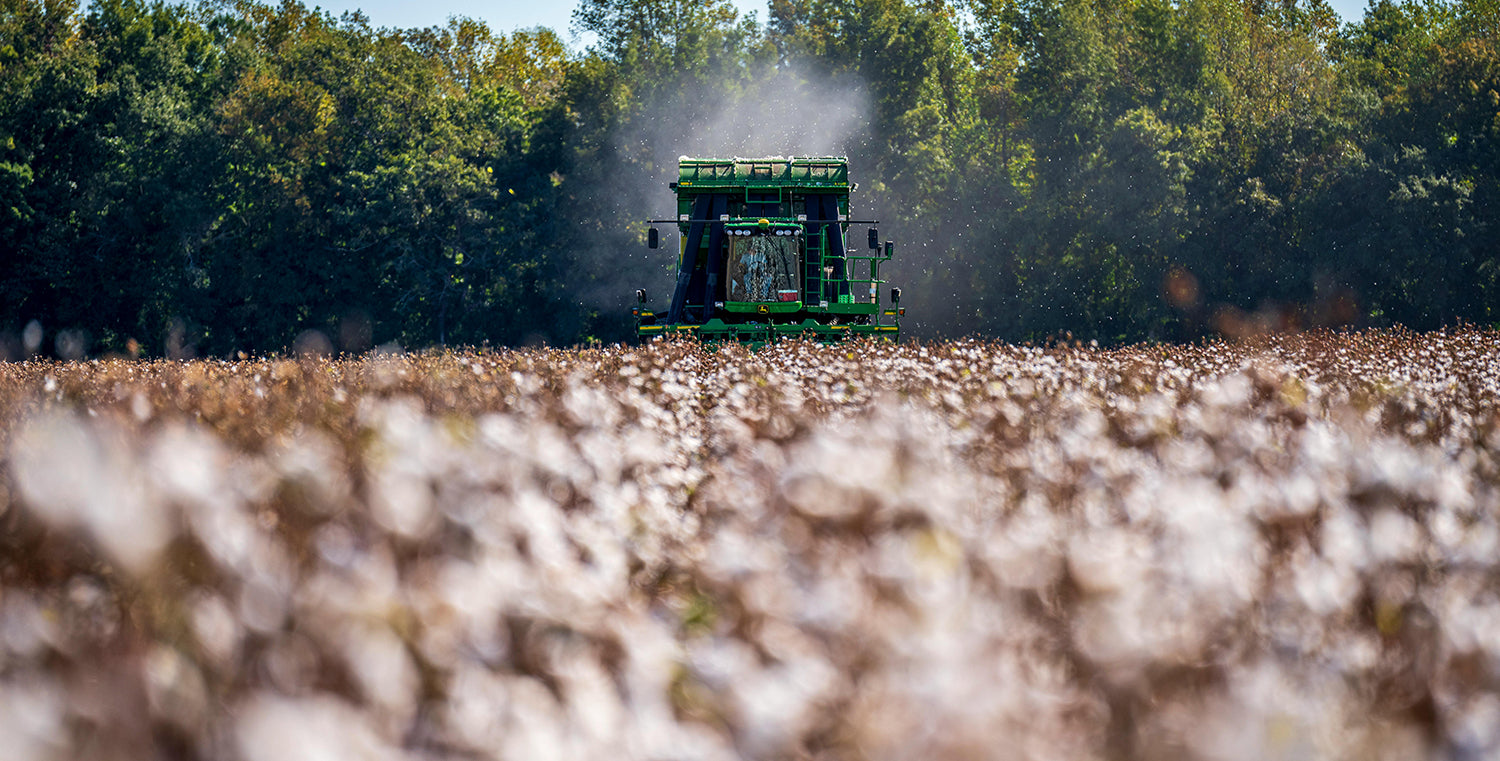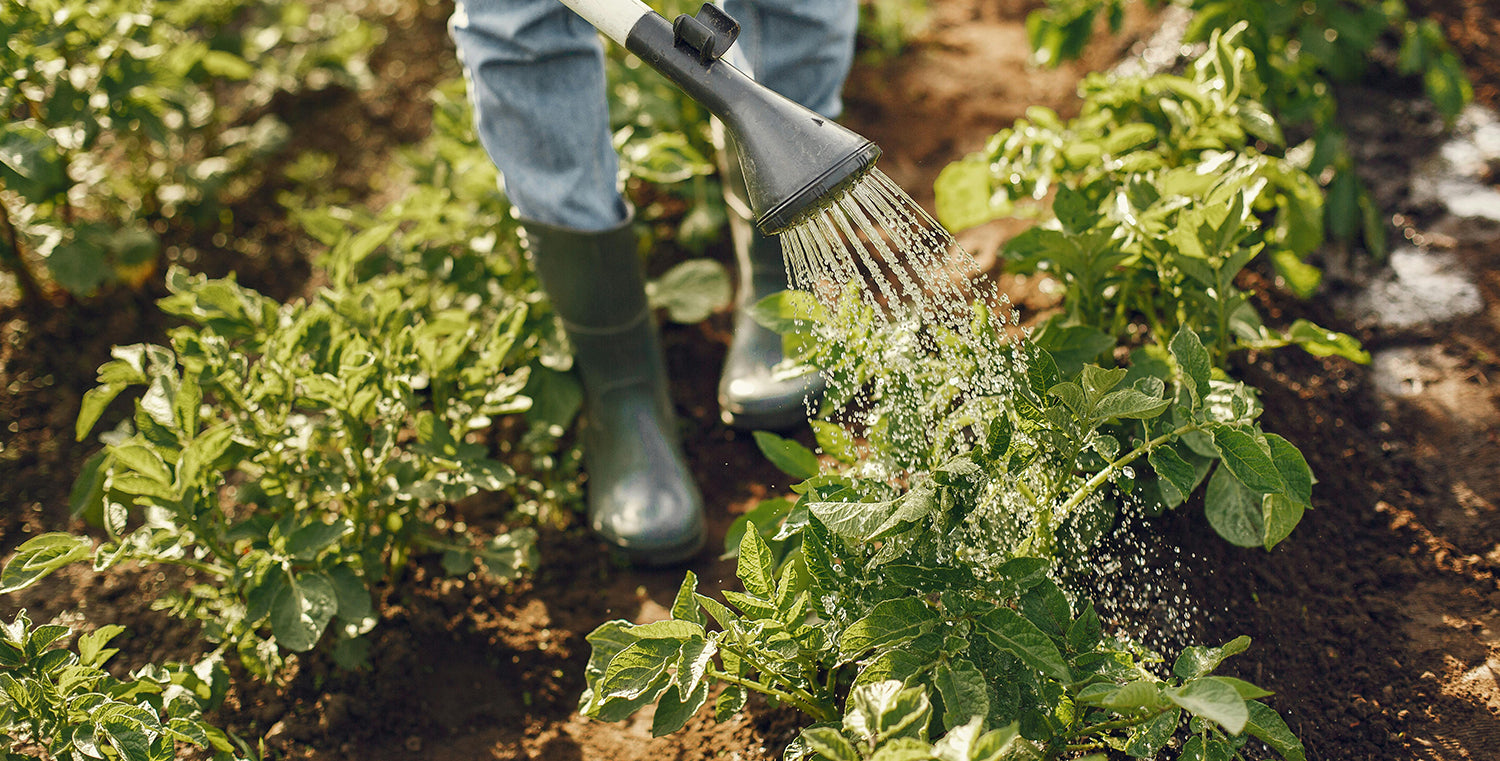Water is high up on the list of natural resources we need to live. Unfortunately, due to climate change and other human activities, this precious commodity—that many of us take for granted—is becoming increasingly scarce.
Try and imagine a world without water. Impossible, right? Whilst it may seem plentiful to some, supplies of freshwater are dropping at an alarming rate and the effects are being felt on every continent.
Quick links
-
An increase in water scarcity
-
Water wars - rising conflicts, climate change and security threats
-
Natural solutions work best - sustainable approaches to water conservation
-
The main culprits - how water scarcity is caused
-
Water-saving tips day-to-day
An increase in water scarcity
Although we’ve made significant progress in giving an increasing number of people worldwide access to clean water, a 2019 UN report found that some 2 billion people, or roughly a quarter of the world’s population, still suffer from what’s referred to as ‘high water stress’ or a lack of quality water for at least some parts of the year. So, for a lot of people, a world without water isn’t so unimaginable.

Worryingly, due to rising demand and our old friend climate change (note the sarcasm), by 2030 it’s predicted that number will increase so that half the world’s population will suffer from severe water stress. Water stress has a major impact on social development, preventing people from working or accessing education, putting lives at risk from malnutrition, and, as some experts believe, sparking conflicts.
Water wars - rising conflicts, climate change and security threats
No these aren’t like the ones you might have had on your street as a kid (or adult). In 2017, water was a significant cause of conflicts in 45 countries, notably in Syria. It’s imagery straight out of dystopian science fiction to imagine humans going to war for a reason like this, but it is happening. For this reason, and other security risks such as displacement and even radicalisation, the World Economic Forum ranks the water crisis as one of its top ten global risks over the next ten years.
As we touched upon in our oceans editorial, climate change has a major impact on our water cycle. As the world gets warmer, we’re beginning to see warning signs in the form of severe droughts, floods, and storms. Events like these exacerbate water stress, as we saw in South Africa in last year when they were hit with a months-long drought that put 11 million lives at risk.

Natural solutions work best - sustainable approaches to water conservation
OK, enough scary talk, let’s concentrate on solutions. The good news is that communities and countries that are prone to droughts and water shortages are able to implement water-saving measures. Desalination, or converting saltwater into freshwater, is an option for communities by the coast, and in fact this is how Dubai gets most of its water and can have lawns in the desert. But desalination is so energy-intensive some call it “bottled electricity”.
Therefore, it is more beneficial to use natural methods where possible. Improving environmental health around water sources can boost water quality, reliability and bring added benefits to local ecosystems and communities. Reforestation or preventing deforestation, for example, is an effective way to filter and store water and help prevent flooding.
An example of this working well is Madagascar, where the restoration of natural forests rejuvenated water supplies to local communities. Of course, there are plenty more benefits to be had from preserving forests as well!

The main culprits - how water scarcity is caused
Limited freshwater is a growing problem the world over and we’ve only skimmed over the surface in this article. It’s in everyone’s interest to preserve water. Not only does this ensure there’s enough to go around, but it also saves money and energy.
Agriculture's heavy toll on water resources
Most of our water usage is a result of agriculture. It estimated that it takes 2-5000 litres of water to feed someone for a day depending on their diet. It takes a lot more water to produce meat than it does veggies, so eating less meat is a way we as individuals can help preserve water.
Cotton farming for the fashion industry is a huge consumer of water
The fashion industry's thirst for water
Next in line after agriculture is industry. A bugbear of ours, the fashion industry (we’re coming for you), was responsible for turning an entire sea into a dustbowl through cotton farming. As such, buying second hand or clothes made from recycled cotton or sustainable materials like Tencel is a great way to ensure water is preserved in regions that need it.

Water-saving tips day-to-day
On a domestic level there are a number of ways we can preserve water. Some effective ways include:
Turning off the taps when brushing your teeth
This simple habit can save a significant amount of water over time. By turning off the tap while brushing, you can conserve water that would otherwise go down the drain unnecessarily.
Taking shorter showers
Shortening your shower time is an effective way to reduce water consumption. Consider using a timer or playing a quick song to help you keep track of time, promoting more efficient water use.
Putting tap water in the fridge
Put tap water in the fridge so you don't have to wait for it to run cold - so simple but brilliant! This clever trick minimises the need to let the tap run to achieve cold water. Storing water in the fridge not only helps in water conservation but also ensures a refreshing drink without wasting a drop.
Watering your garden in the morning or evening to reduce water evaporation
Timing matters when it comes to watering plants. Watering during the cooler parts of the day minimises evaporation, allowing the soil to absorb more moisture and reducing the overall amount of water needed.

Making sure your washing machine and dishwasher run full loads
Running these appliances with full loads maximises their efficiency and reduces the number of cycles required. This not only conserves water but also saves energy, making it a doubly eco-friendly practice.
Investing in a low flush toilet
Low flush toilets use significantly less water per flush compared to traditional toilets. This investment can lead to substantial water savings over time while still maintaining effective waste disposal.
Reducing food waste and eating less meat
The production of food, especially meat, has a significant water footprint. By minimising food waste and incorporating more plant-based meals into your diet, you contribute to water conservation and promote a more sustainable food system. You might find these 6 apps to reduce food waste helpful.
Buying second-hand or recycled clothes
The fashion industry has a considerable impact on water usage and pollution. Opting for second-hand or recycled clothing reduces the demand for new production, which, in turn, decreases the water and energy resources required for manufacturing brand-new clothes. It's a good choice for being eco-friendly and mindful of water resources. Come take a look at our circular fashion line to see how style and sustainability go hand in hand!
~
If you have any questions or fun ideas about this (or anything really) feel free to get in touch with Emilia Cullborg, Editor and Head of Communication & Community Outreach.





























